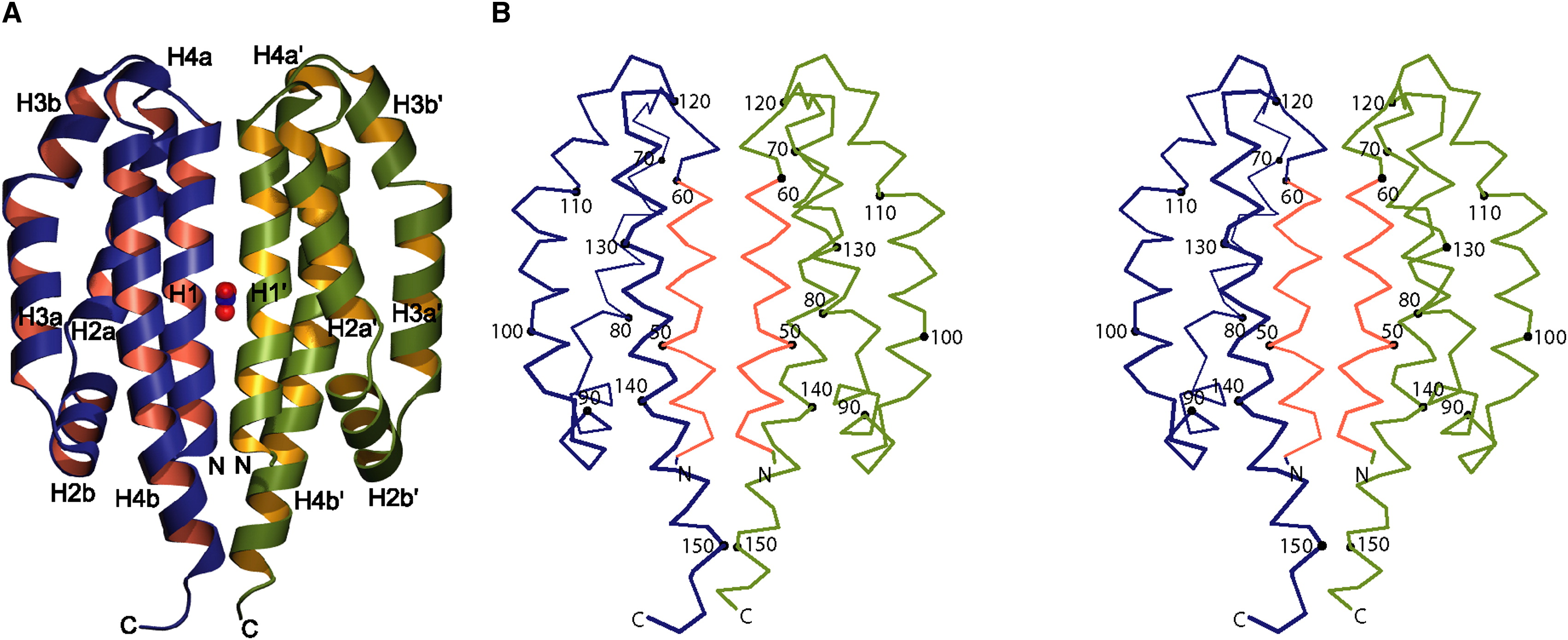Difference between revisions of "Part:BBa K4345000"
(→References) |
|||
| Line 20: | Line 20: | ||
===References=== | ===References=== | ||
| − | Cheung, J., & Hendrickson, W. A. (2009 | + | Cavicchioli, R., Schröder, I., Schröder, S., Constanti, M., & Gunsalus, R. P. (1995). The NarX and NarQ Sensor-Transmitter Proteins of Escherichia coli Each Require Two Conserved Histidines for Nitrate-Dependent Signal Transduction to NarL. JOURNAL OF BACTERIOLOGY, 177(9), 2416–2424. |
| + | |||
| + | Cheung, J., & Hendrickson, W. A. (2009). Structural Analysis of Ligand Stimulation of the Histidine Kinase NarX. Structure, 17(2), 190–201. https://doi.org/10.1016/J.STR.2008.12.013 | ||
| + | |||
| + | narX sensor histidine kinase NarX [ Escherichia coli str. K-12 substr. MG1655 ]. (2022, September 22). National Library of Medicine - National Center for Biotechnology Information. https://www.ncbi.nlm.nih.gov/gene/945788 | ||
Revision as of 10:23, 8 October 2022
NarX fused to mNeonGreen with a rigid linker
Three proteins constitute a two-component nitrate sensing system in Escherichia coli: NarX, NarL and NarQ. Together they are responsible for the expression of anaerobic respiratory genes. NarX and NarQ are histidine kinases that independently detect the presence of nitrate an transmit the signal to NarL. After autophosphorylation and thus dimerization of NarX or NarQ, NarL is phosphorylated. This enables the activated NarL to bind DNA and induce expression of specific genes. Both NarX and narQ contain two conserved histidine residues that correspond to the autophosphorylation sites of other, homologous, sensor-transmitter proteins (Cavicchioli et al., 1995). Cheung & Hendrickson (2009) elucidated the structure of the histidine kinase in the apo- and holo-state to be a four-helix bundle. To follow the expression of NarX, it is fused to mNeonGreen with a rigid linker.
This part is composed of BBa_K4345007 (NarX), BBa_K4345002 (rigid linker) and BBa_K4345009 (mNeonGreen).
Usage and Biology
This particular narX protein was derived from E. coli.
Image obtained from Cheung & Hendrickson, 2009
References
Cavicchioli, R., Schröder, I., Schröder, S., Constanti, M., & Gunsalus, R. P. (1995). The NarX and NarQ Sensor-Transmitter Proteins of Escherichia coli Each Require Two Conserved Histidines for Nitrate-Dependent Signal Transduction to NarL. JOURNAL OF BACTERIOLOGY, 177(9), 2416–2424.
Cheung, J., & Hendrickson, W. A. (2009). Structural Analysis of Ligand Stimulation of the Histidine Kinase NarX. Structure, 17(2), 190–201. https://doi.org/10.1016/J.STR.2008.12.013
narX sensor histidine kinase NarX [ Escherichia coli str. K-12 substr. MG1655 ]. (2022, September 22). National Library of Medicine - National Center for Biotechnology Information. https://www.ncbi.nlm.nih.gov/gene/945788

